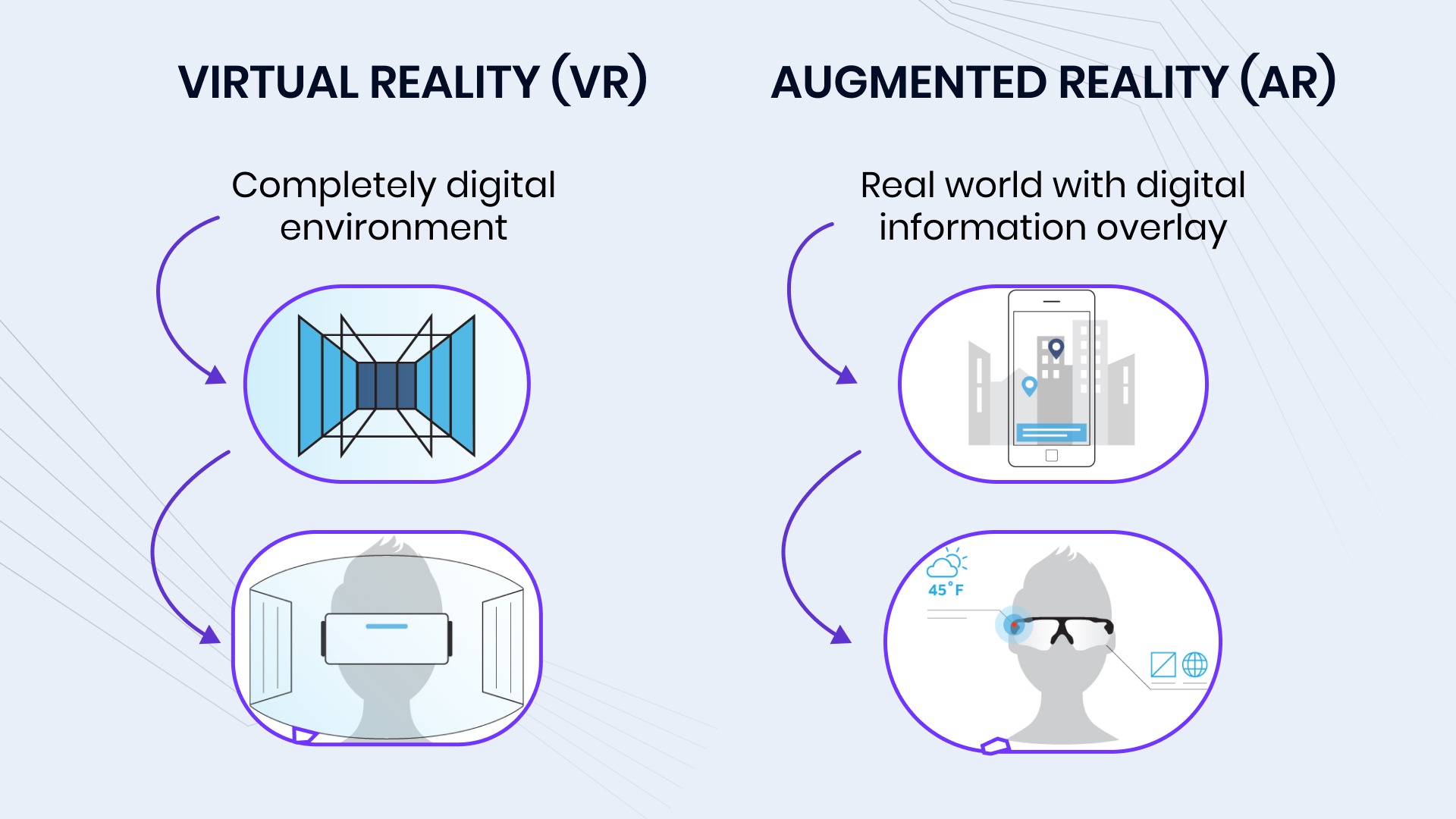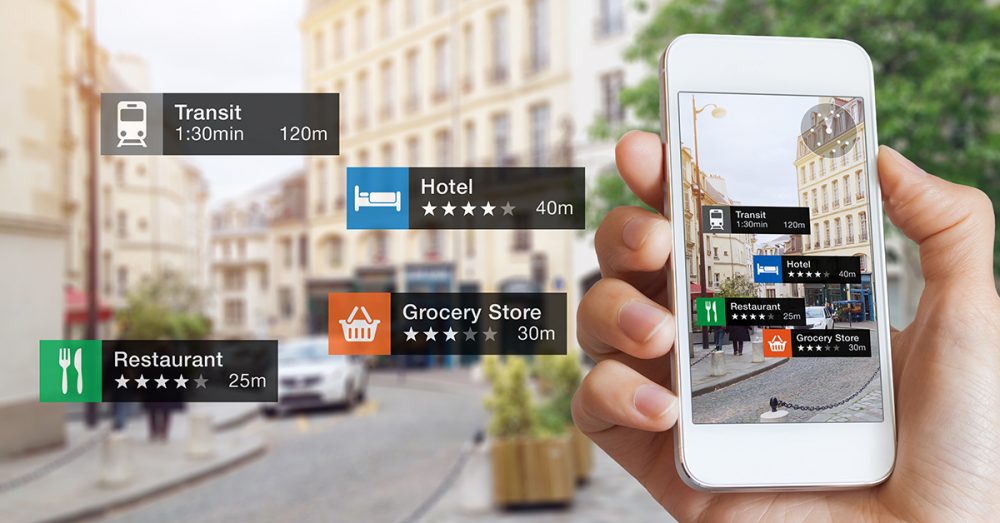 AR/VR in simple words" width="2560" height="1440" srcset="https://mwdn.com/wp-content/uploads/2024/08/VR-in-simple-words-scaled.jpg 2560w, https://mwdn.com/wp-content/uploads/2024/08/VR-in-simple-words-450x253.jpg 450w, https://mwdn.com/wp-content/uploads/2024/08/VR-in-simple-words-1024x576.jpg 1024w, https://mwdn.com/wp-content/uploads/2024/08/VR-in-simple-words-768x432.jpg 768w, https://mwdn.com/wp-content/uploads/2024/08/VR-in-simple-words-2048x1152.jpg 2048w" sizes="(max-width: 2560px) 100vw, 2560px" />
AR/VR in simple words" width="2560" height="1440" srcset="https://mwdn.com/wp-content/uploads/2024/08/VR-in-simple-words-scaled.jpg 2560w, https://mwdn.com/wp-content/uploads/2024/08/VR-in-simple-words-450x253.jpg 450w, https://mwdn.com/wp-content/uploads/2024/08/VR-in-simple-words-1024x576.jpg 1024w, https://mwdn.com/wp-content/uploads/2024/08/VR-in-simple-words-768x432.jpg 768w, https://mwdn.com/wp-content/uploads/2024/08/VR-in-simple-words-2048x1152.jpg 2048w" sizes="(max-width: 2560px) 100vw, 2560px" />
AR (Augmented Reality) and VR (Virtual Reality) are technologies that enhance or replace the real world with a computer-generated one. AR overlays digital information on the real world, like a heads-up display in a car. VR creates a completely immersive digital environment, blocking out the real world, like a virtual reality headset. Think of AR as adding to reality, while VR replaces reality.

AR definition
Augmented Reality is a technology that overlays digital information onto the physical world, creating an enhanced perception of reality. It combines real-world elements with computer-generated sensory input, such as sound, video, graphics, or GPS data.
VR definition
Virtual Reality is a computer-generated simulation of a three-dimensional image or environment that can be interacted with in a seemingly real or physical way by a person using special electronic equipment, such as a helmet with a screen inside or gloves fitted with sensors.
How does AR work?
AR technology overlays digital information onto the real world through devices like smartphones, tablets, or smart glasses. This involves several key components:
- Camera. Captures the real-world environment.
- Sensors. Detect the device’s orientation, movement, and location.
- Processor. Analyzes the captured data and generates digital content.
- Display. Presents the augmented reality experience to the user.
The system processes the camera input in real-time, recognizing objects and spaces. Digital elements, such as images, text, or 3D models, are then superimposed on the real-world view, creating an enhanced experience.

How does VR work?
VR immerses users in a completely computer-generated environment. This is achieved through:
- Head-mounted display (HMD). Covers the user’s eyes and often ears, creating a virtual world.
- Motion tracking. Monitors the user’s head and body movements to adjust the virtual environment accordingly.
- Controllers. Allow users to interact with the virtual world.
VR systems often employ advanced graphics, sound, and haptic feedback to create a sense of presence and immersion. Both AR and VR rely on advanced computer vision, graphics, and sensor technology to deliver their respective experiences.
What is the practical use of AR and VR?
AR and VR have found applications across various industries. AR is used in retail for virtual try-ons for clothing, furniture, and accessories, in gaming to overlay digital elements onto real-world environments (e.g., Pokémon Go), in education for interactive learning experiences, such as anatomy lessons with 3D models overlaid on real bodies, in navigation for real-time directions and information overlaid on the user’s view, and in maintenance to provide step-by-step instructions for repairing machinery.
VR is a top technology for gaming. It creates Immersive gaming experiences with realistic environments and interactions. You can also find it in training – simulating real-world scenarios for training purposes (e.g., flight simulators, medical simulations). Real estate uses it for virtual property tours, while therapy benefit from VR for exposure therapy for phobias and PTSD.
What kind of specialists work with AR/VR?
The AR and VR industry requires a diverse skill set. Here are some of the technical roles you will need for the niche:
- AR/VR developers. They build the core functionalities and experiences within AR/VR applications.
- 3D modelers and animators. They create the visual assets for AR/VR environments.
- Game developers. They design interactive experiences within VR, often leveraging game engines like Unity or Unreal Engine.
- Software engineers. They develop the underlying software architecture and infrastructure.
- UX/UI designers. They create intuitive and engaging user interfaces for AR/VR experiences.
What is the future of AR/VR?
The future of AR and VR is poised for significant growth and innovation. What should we expect in 2024 and above?
Increased realism. Advancements in hardware and software will lead to more realistic and immersive experiences.
5G and beyond. Faster networks will enable real-time data transfer and support complex AR/VR applications.
Integration with AI. AI will enhance AR/VR experiences by enabling intelligent interactions and personalized content.
Mass adoption. AR glasses and VR headsets are expected to become more affordable and accessible, leading to wider adoption.
New applications. AR and VR will expand into new industries and use cases, such as remote collaboration, education, and healthcare.
As AR and VR become more integrated into daily life, addressing privacy, safety, and addiction concerns will be crucial. Overall, AR and VR are on the cusp of transforming how we interact with the world and each other.
« Back to Glossary Index

